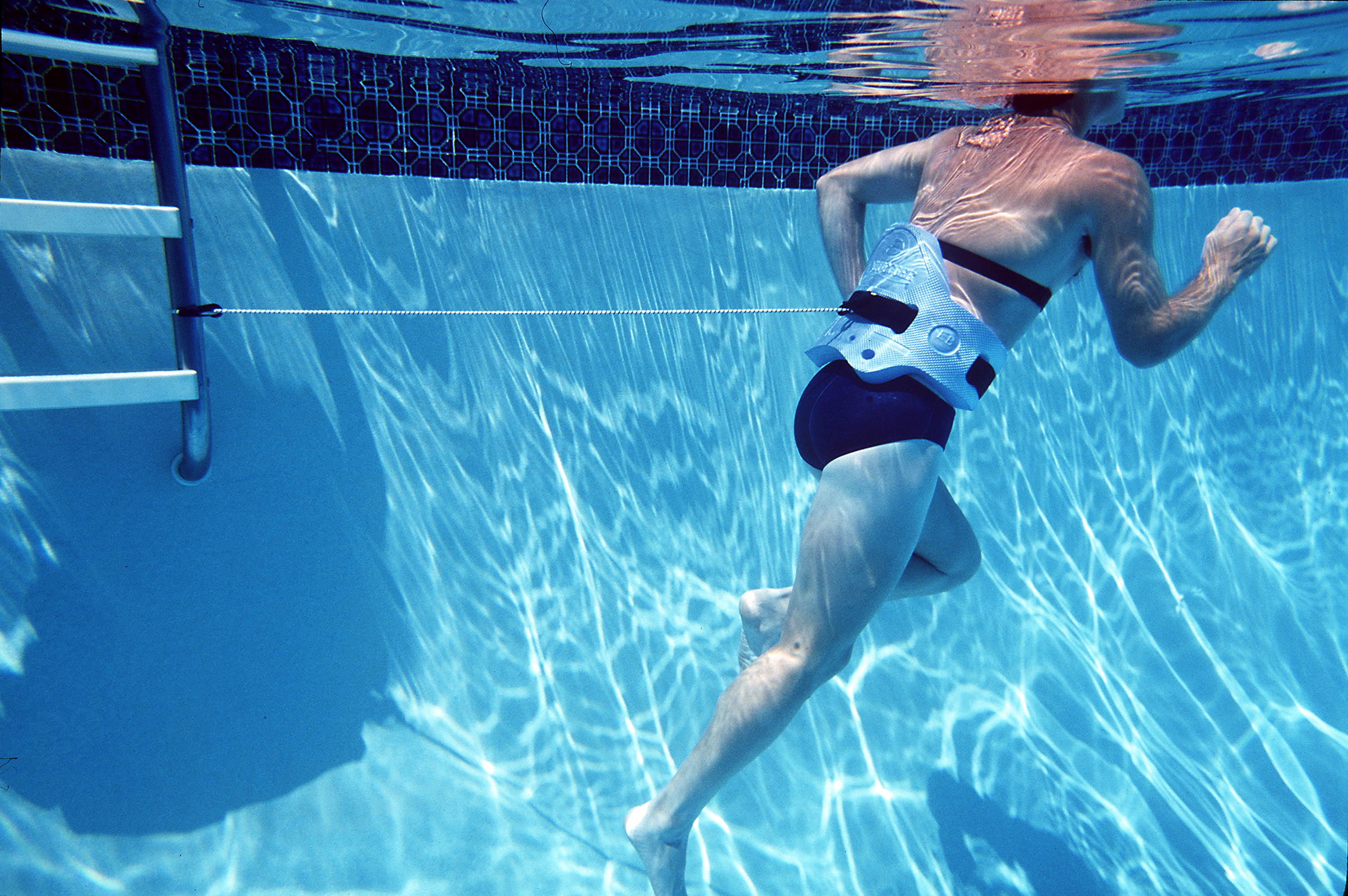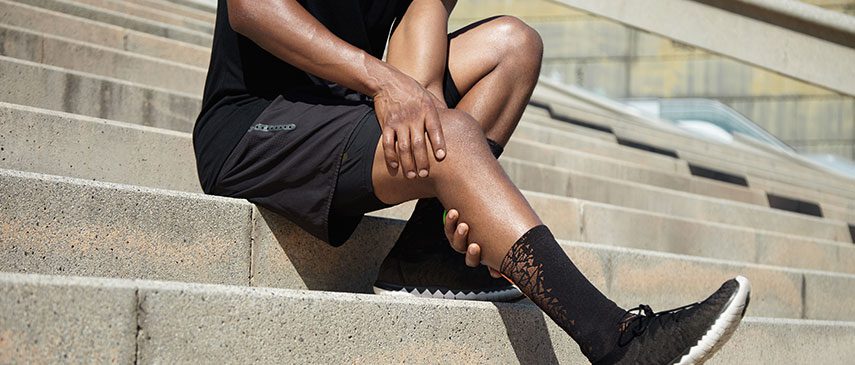How effective is cross-training really?
With a proper cross-training program, you can maintain your fitness so you return to running stronger than ever

Injuries affect all runners at some point. When they happen, of course, the biggest worry on most runners’ minds is how much fitness they’ll lose while they’re sidelined, especially if their injury requires several weeks without running. The good news is, with a proper cross-training program in place, you can actually maintain a very high level of fitness so when you eventually return to running, you’re not that far behind where you were pre-injury.

RELATED: A new runner’s guide to cross-training
Cross-training comes in two forms: endurance training and strength training. Both are important, and both can make you an all-around better runner, which is why even runners who aren’t injured should consider adding a cross-training day into their schedule. When you’re injured, however, forms of cross-training that focus on improving endurance and aerobic capacity become even more important. While there are those out there who will say that without the pounding involved in running, lower-impact activities like swimming, pool running and cycling won’t allow you to maintain your running-specific fitness, these activities can help you maintain a high level of aerobic fitness, which will make your return to running much quicker and easier.
Take Jeff Gaudettte, marathoner, coach and founder of runnersconnect.net, for example. While running for Brown University, Gaudette sustained an Achilles injury just a couple weeks before the Ivy League Championships, where he was supposed to be competing in the 10,000m. Because of his injury, he spent two weeks of mostly pool running with only one actual workout leading up to the race, but still managed to run a personal best by about 45 seconds in the race.
Of course, there are a few caveats to this, one being that he had just come off of a strong three- or four-week training block, so he already had a high level of fitness prior to the injury. Additionally, two weeks is not a long time, and research shows that in well-trained athletes, up to two weeks of no running won’t have a significant impact on running ability.
Still, this example demonstrates the power of cross-training when running is out of the question. Was this Gaudette’s ideal lead-up to that race? Certainly not, and who knows — maybe, had he been able to train normally in those last two weeks, he could have run even faster. Regardless, he was able to maintain the fitness he had built prior to his injury and still managed to perform well when it mattered.

The reason we’re using this example is not to encourage you to push your body while you’re injured so you don’t lose fitness, but only to demonstrate its value for runners. Injuries are your body’s way of telling you that it needs a rest, and the best thing you can do is listen to it. The reality is, if you’re sidelined for several weeks, you will likely lose some of the speed and endurance that you had built up prior to the injury, but cross-training can help you maintain a base level of fitness so when you return to running you can make back that ground quicker than you would otherwise.
The other important thing to remember is that the type of injury you have will dictate what forms of cross-training you can do. For this reason, you should consult a physiotherapist or sports medicine practitioner first to determine which activities are best suited to your condition. Finally, the best thing you can do when dealing with an injury is to focus on what you can control, rather than dwell on the fact that you can’t get out and run. This will remove some of the emotional and mental pressure associated with an injury, and help you to stay motivated to cross-train throughout the recovery process. That way, when you do get back to running, you’ll return to peak running form in no time.


